“There’s a war out there, old friend. A world war. And it’s not about who’s got the most bullets. It’s about who controls the information. What we see and hear, how we work, what we think… it’s all about the information!”
– Cosmo in “Sneakers” (1992)
I could only reflect on this quote as the news exploded last week that Facebook had hired PR firm Burson-Marsteller to spread negative stories about Google, and then continued in almost Keystone Kops-fashion with both Facebook and B-M competing to see who could throw the other under the bus the fastest… complete with silly aspects like Burson-Marsteller deleting posts from their Facebook page (they have stopped doing that, as is obvious from their page now).
In the midst of all this there was the predictable outrage from so many in the PR / communications industry, with statements about clear violations of ethics and so much more. Neville Hobson provides a solid summary over on his blog along with some recommendations for B-M.
My only real thought through it all was…
is anyone REALLY surprised?
If anything, my surprise was only that the Burson-Marsteller employees were amateur enough that they got caught!
The War
The reality is that the quote that Ben Kingsley’s character Cosmo said to his friend Martin (Robert Redford) almost 20 years ago is if anything only MORE true today.
There’s a war out there.
A war for our eyeballs.
A war for our attention.
A war for our dollars.
… and we’re not talking petty cash… we’re talking billions of dollars.. maybe trillions.
Take a look at what you do every day. Take a look at the tools you use. Where’s your email? Where’s your blog hosted? Where do post status updates and connect with friends? Where do you post your photos? What do you use to write documents? What do you use to find your way from one place to another?
Odds are that for almost all of you reading this, the answer is…
the Cloud.
Online.
Somewhere… on someone’s servers… on someone’s service.
Even for documents… Google Apps, now Microsoft’s Office 365, and more and more and more…
We are evolving into the Cloud.
And therein lies the war.
The war is about who controls the information… it’s about “what we see and hear, how we work, what we think“.
It’s about who actually runs the “cloud”… who controls the servers where the data actually resides. It’s about who owns the plumbing down underneath.
It’s also about who controls how we access the “cloud”… who controls the tools we use… the interfaces we use… the services we use… even the bandwidth we use…
It’s a world war…
It’s THE war that will define our future… and whether that future will be in the hands of closed, proprietary “walled gardens” controlled by a few corporations – or whether we will have a more open Internet where we all have more choice and control.
Oh, yes, and it’s a war for BILLIONS of dollars…
In That Context…
The other reality is that this Burson-Marsteller “kerfuffle” between Facebook and Google is only a minor skirmish in the larger war.
The battles are playing out all around us… online with Facebook, Google, Yahoo, Twitter, Microsoft and everyone else who would like to be in that game… in the mobile sphere with Apple, Google (Android), Microsoft and everyone else… in the underlying plumbing with the telco/mobile carriers (AT&T, Verizon, a zillion others), the cable providers (Comcast, Time Warner, Cox, a zillion others), the other ISPs, the other wireless providers, Google, and everyone else…
… and in so many other facets of our lives. Pick an area… and there’s a battle going on as part of this larger war.
In that context, the fact that Facebook engaged a company like Burson-Marsteller to spread rumors and stir up negative publicity against an opponent is not at all surprising.
For many engaged in this war, they live by a simple premise:
The ends justify the means.
And with that world-view, such quaint views as “ethics” don’t matter. All that matters is…
Winning
By any means.
Was what Burson-Marsteller and Facebook did sleazy and unethical by the standards most of us hold?
Absolutely
Will Burson-Marsteller’s actions once again hurt those of us who take pride in the PR / communications industry and would like it to be viewed more positively?
Absolutely
Will those of us who do abide by a code of ethics in our PR / communications efforts once again have to endure having our reputation tarnished by those who don’t?
Absolutely
Will will see more of these kind of sleazy actions, perhaps not from Burson-Marsteller but from other firms?
ABSOLUTELY
… but odds are that others will look to cover their tracks more and not get caught.
There’s a war out there, my friends, a world war…
If you found this post interesting or useful, please consider either:

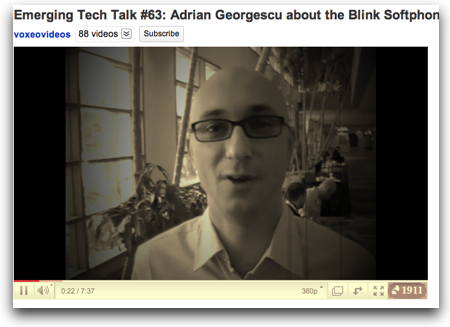


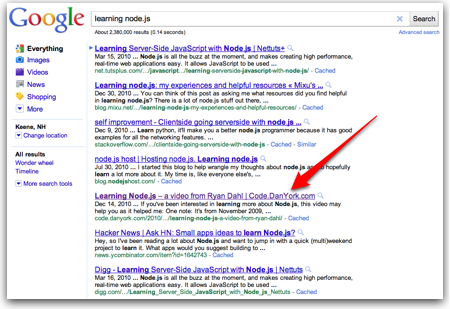


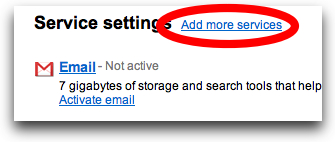


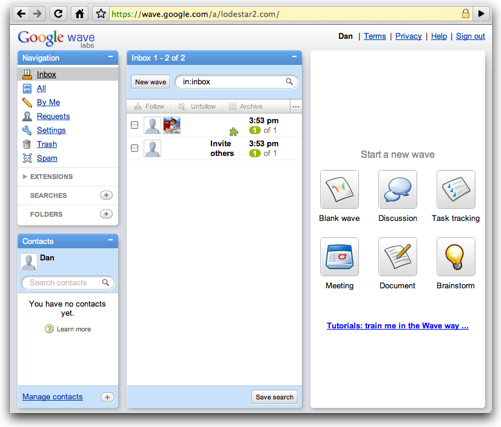

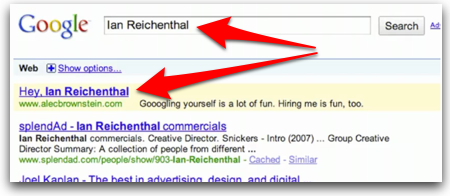
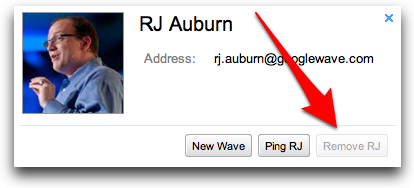
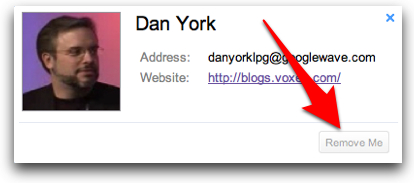
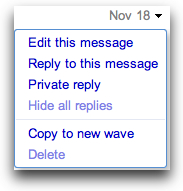 Again, no way you can remove them. The best you can do is go up to the upper right corner of one of the “blips” in your wave and do the “Copy to new wave” command… and then add everyone to this new wave.
Again, no way you can remove them. The best you can do is go up to the upper right corner of one of the “blips” in your wave and do the “Copy to new wave” command… and then add everyone to this new wave.